- You want to be a biotechnologist
- Get a good job
- Amusing
- Well paid
- You want to learn new things
- Get a degree
- You wan to do something meaningful
- Be rich and famous
- At least a little famous
February 11, 2018
thank you for inviting me
I’m happy to be here among future biotechnologist
If you are here, then I guess
Everybody is talking about biotech
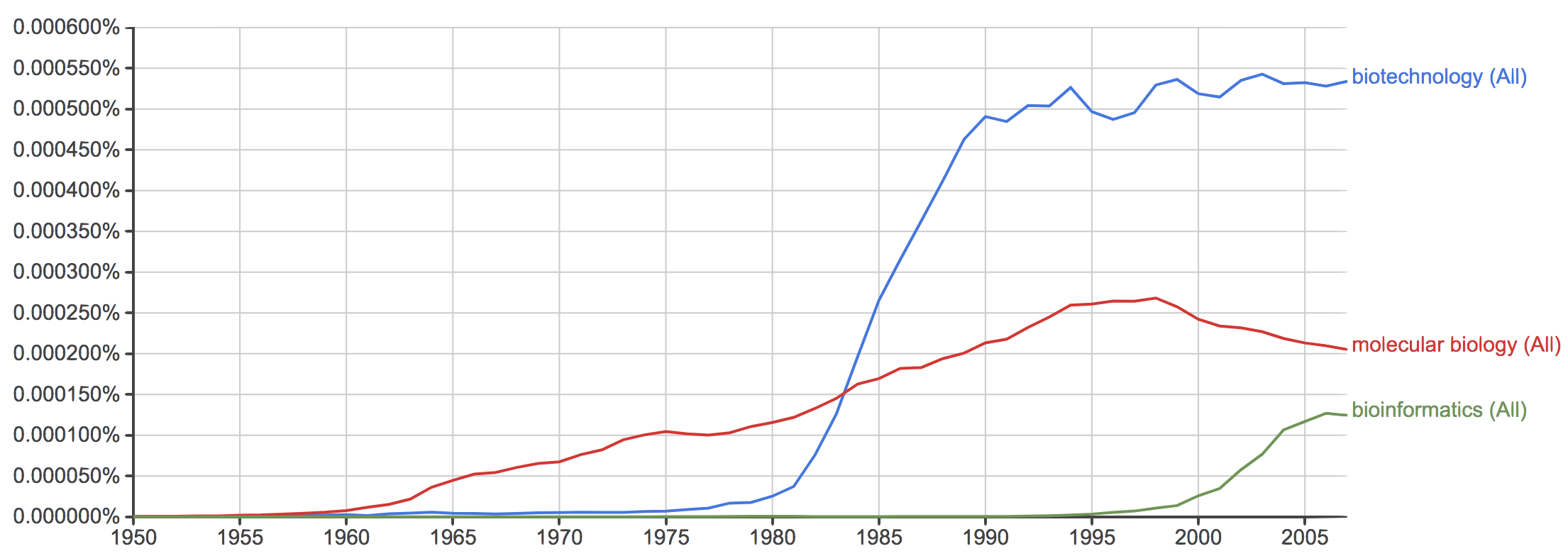 Mentions in Books according to Google Ngrams
Mentions in Books according to Google Ngrams
This is a special time for Biotech
“Biotechnology in the realm of history” J Pharm Bioall Sci 2011
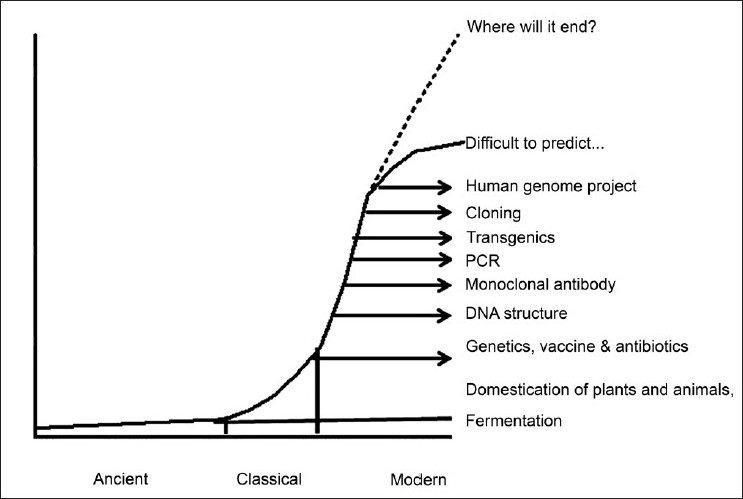
Biotech is historic
Agriculture, Medicinal Plants, Bread, Wine

Biotech is modern
Genomics, Transcriptomics, Proteomics, Metabolomics, and …

Where will it end?

- Will you do some meaningful?
- Will you have a nice job?
- Will you be well paid?
It is hard to make predictions, especially about the future
My name is Andrés Aravena
I am
- Assistant Professor at Molecular Biology and Genomics Department, Istanbul University
- Mathematical Engineer, U. of Chile
- PhD Informatics, U Rennes 1, France
- PhD Mathematical Modeling, U. of Chile
- not a Biologist
- but an Applied Mathematician who can speak “biologist language”
Before coming to Turkey I worked on
- Big and small computers
- Telecommunication Networks
- Between 2003 and 2014 I was the chief research engineer
- on the main bioinformatic group in my country
- in the top research center (CMM)
- in the top university (University of Chile)
- of my country
I come from Chile

Small country of ~17 million people
Universities on the 200-300 world ranking
Spanish colony 500 years ago (so language is Spanish)
Independent Republic 200 years ago
First Latin American country to recognize Turkish republic
OECD member, like Turkey
Everyday life very similar to Turkey
Chilean Exports 2016

Chilean Economy: Exports
1st world producer of copper
3rd world producer of salmon
Fruits: peaches, grapes, apples, avocado
Wine: exported worldwide
All these industries depend on Biotechnology
How can you improve these industries
using Biotechnology and Bioinformatics?
Biotech in the Mining Industry
Copper is heated and melt
to separate it from other compounds
very expensive …
… and contaminant
(this smoke is sulphuric acid)
Solution: Bioleaching
The use of bacteria to extract elements from ore

Bioleaching is much better that melting copper
- Less contamination
- Less expensive
The goal is to understand and improve the involved bacteria so this technology can be used extensively
Enables building new mines
It is like discovering petrol reserves for the country
Who is there?
Question 1
Bioidentification
Monitoring the presence of good bacteria
We need to control the “industrial ecosystem”
Metagenomic approach: We want to detect on site, without isolation
- Fast, unbiased
Key problem: Design probes that match a taxonomic branch, not a specific strain
The probes should be tolerant to mutations that occur in environmental samples with many strains
Alignment tools do not work on large scales
Design of probes for complex samples
You can design oligonucleotides using computers
- In 2006 it took one day on 32 processors (one processor month)
- You can do it faster and cheaper using Cloud Computing
You can used them in qPCR or in microarrays. They detect specific species and functions

Automatic Interpretation of Results
using a Statistical Classification Model

A “robot” prepares the report
The tool can be used by untrained personal
Simple installation on the mine enables continuous monitoring of the industrial process
We published it
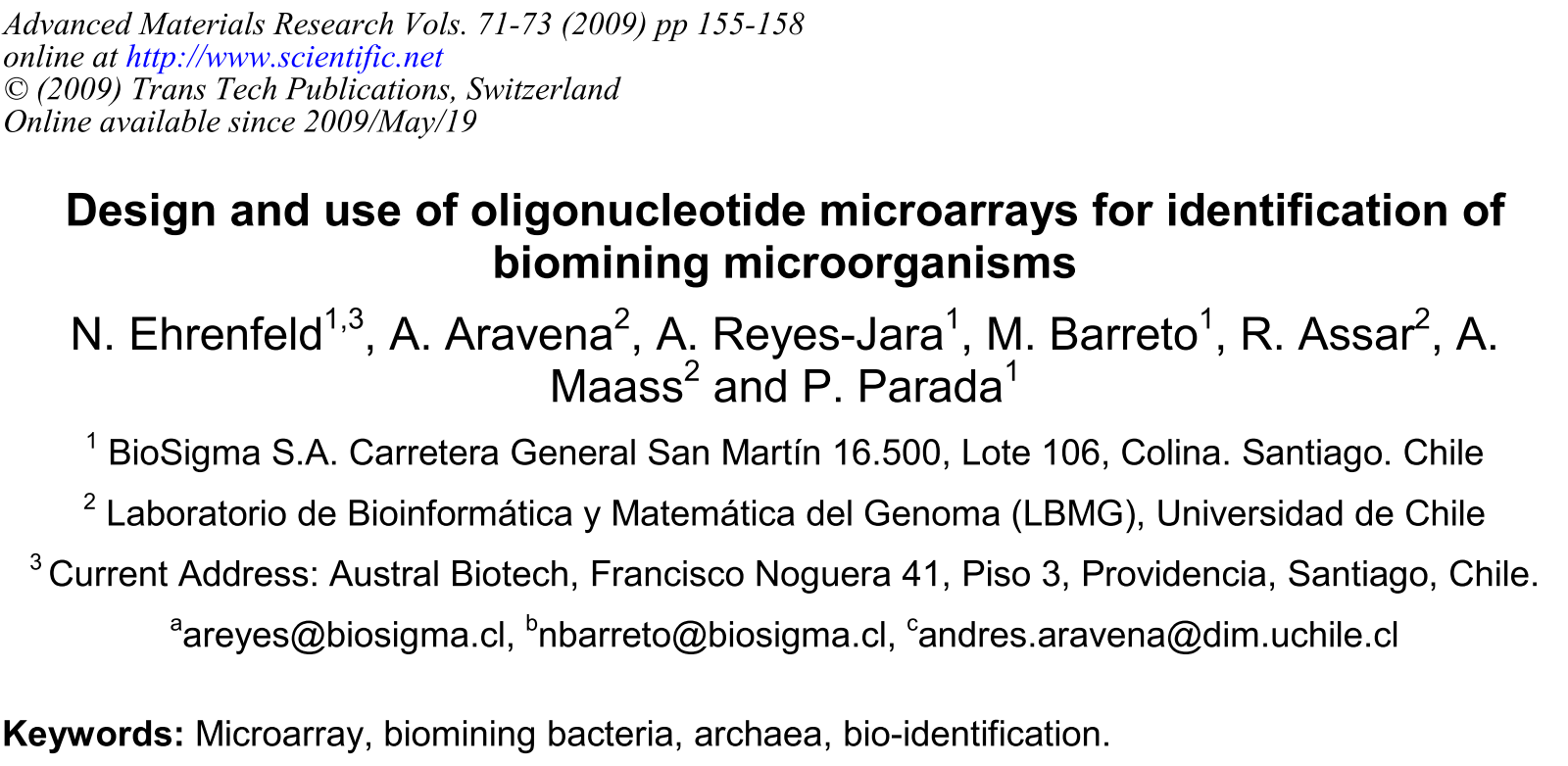
We patented it
after some years
- USA, Number: US 7 853 408 B2, Date: 14/12/2010;
- South Africa, Number: 2006/06828, Date: 26/03/2008;
- Australia, Number: 2006203551, Date: 15/09/2011;
- Mexico, Number: PXMX 32/2006, Date: November 2012.
- Peru, Number: PE 5838, Date: 29/10/2010;
- Chine, Number: 200810095172.6, Date: 2013;
- Chile, Number: DPI-660-2007, Date: 06/05/2013;
- Argentina, Number: AR056179
We did the same with Wine production
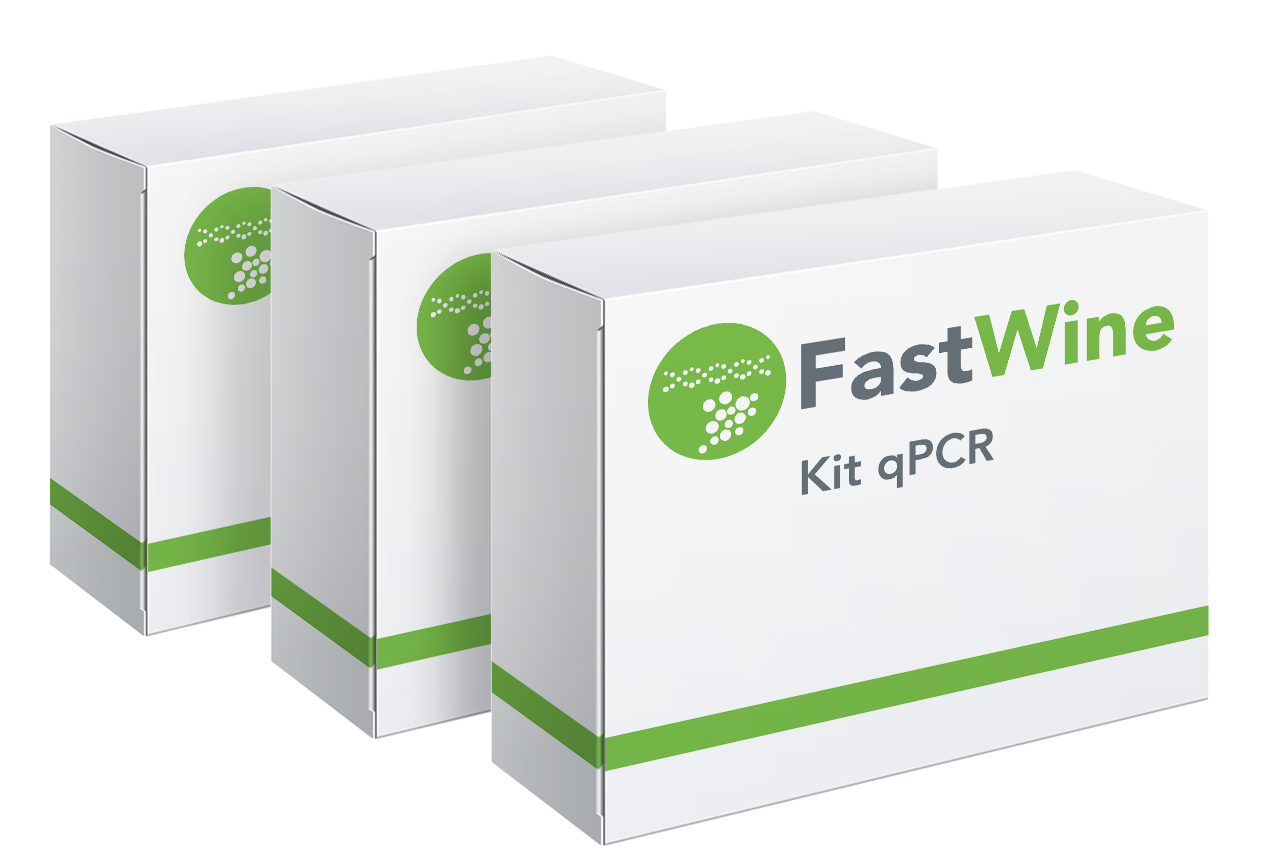 Chilean wine travels long distances to final markets
Chilean wine travels long distances to final markets
Any yeast contamination means big economic loses
(people stops buying all Chilean brands)
We designed qPCR kit for rapid detection of yeast contamination
It is currently sold to winemakers for Quality Control
What did we learn: Metagenomics
Genomic of the ecosystem
Microorganism live in the most diverse environments.
They are the key to:
- develop new biotechnology
- manage our natural resources
- improve our health
- understand our past
But only ~5% of them can be grown in the lab.
Big Data in Biology
Since most microbes cannot be isolated, you can do this:
- Extract all DNA from the environment
- Sequence all DNA
- Identify the taxonomy/function of each read
- Cluster similar sequences together
Discovering unknown organisms
Most of the sequences from environmental samples are unique
That is, they do not correspond to any known organism
How can you find the “closest” organisms?
Here “closest” is in the phylogenetic sense
Today: DNA from Archeological sites
- Ancient DNA can be extracted from bones and teeth of specimens
- Metagenomic sequencing
- Genetic record of the specimen, its surrounding environment and ecological changes during long periods of time.
- Human aDNA shows migration patterns
- Ancestry shows social structure
Nobody knows what is there
20% to 90% of reads do not match human
They can tell us about
- Diseases
- Diet
- Economy
- Climate
These are complex samples
Often without reference genome
We need to assign taxonomy to DNA reads of new organisms
You can simulate post-mortem decay and see if taxonomy can be identified
Results: we can assign genus, but not yet species
Who we are
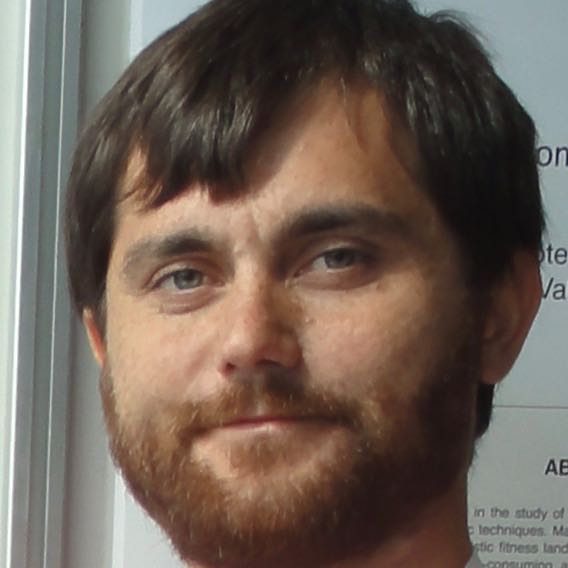
- Post-doc: Emrah Kırkdök (PhD Gebze Tech Univ)
- Bordeaux Bioinformatics Center CBiB - Université Bordeaux - CNRS
- Archaeological Research Laboratory, Stockholm University, Sweden
- Dept. of Biological Sciences, Middle East Technical University, Ankara, Turkey
How can we improve the process?
Question 2
You can do genomics
How does the bacteria work?
To improve the process we need to see inside the black box. We sequenced the complete genome of 3 bacteria
- Acidithiobacillus ferrooxidans
- Acidithiobacillus thiooxidans
- Leptospirillum ferrooxidans
We paid over USD $150K. Today you can do it for USD $5K
You can measure gene expression
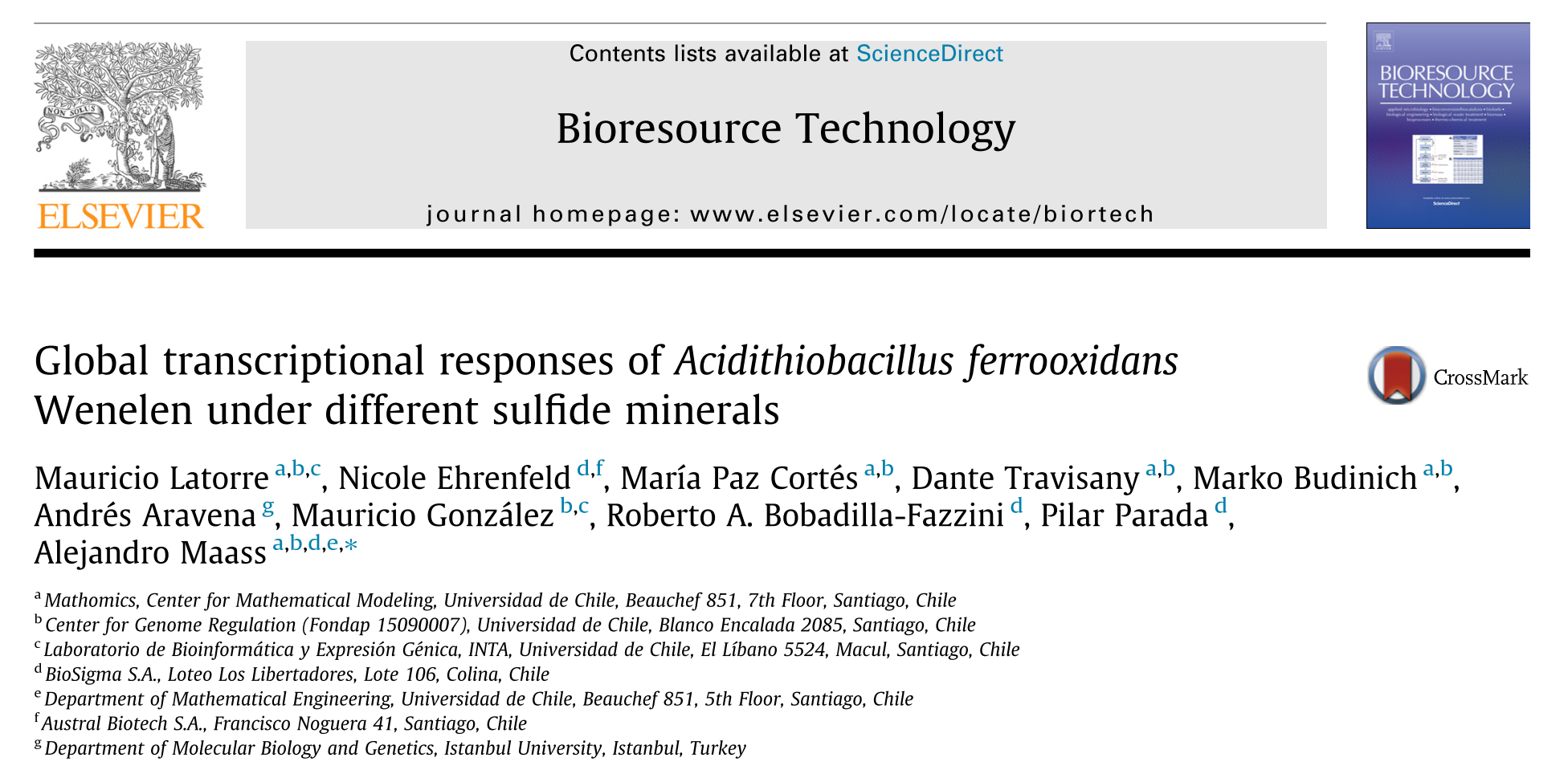
You can model metabolism: FBA
 You can predict which genes code for enzymes
You can predict which genes code for enzymes
Each enzyme catalyzes a reaction, with a known stoichiometry
Every reaction gives an equation
All equations plus boundary conditions give model to predict metabolite concentration
We can predict how the cell adapts to environmental changes
You can model regulation
You can predict which genes code for transcription factors and combine with expression data to find the “most probable” regulatory network
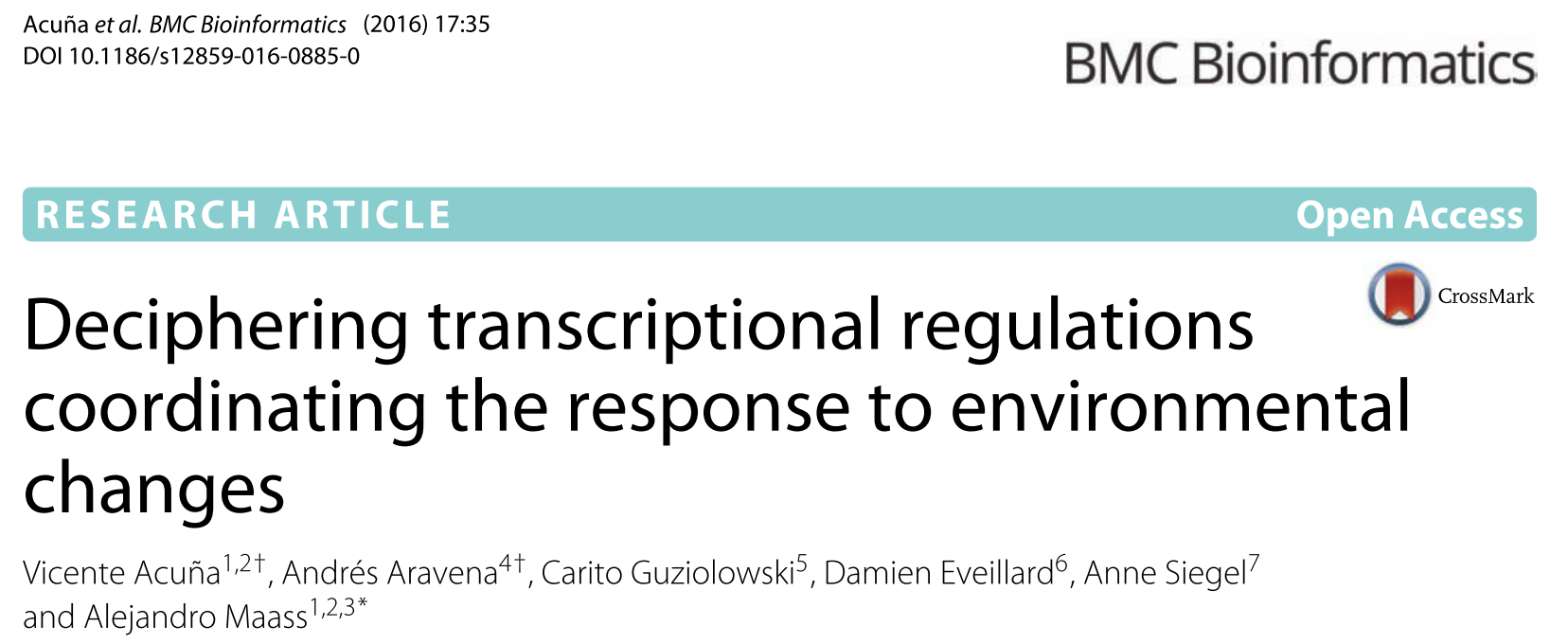
Genomic of natural resources: Salmon
The genome of a natural resource is as valuable as the resource itself
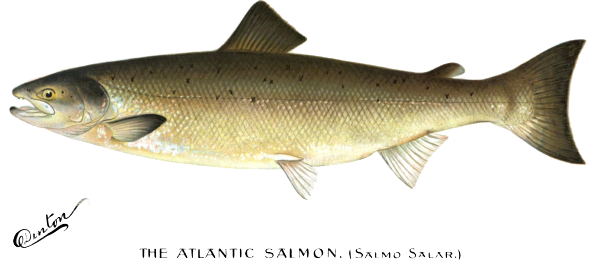
Salmon farming is important in Chile
Some towns depend 100% on the Salmon industry
And when fishes get sick, people loose their jobs
You can collect all your data
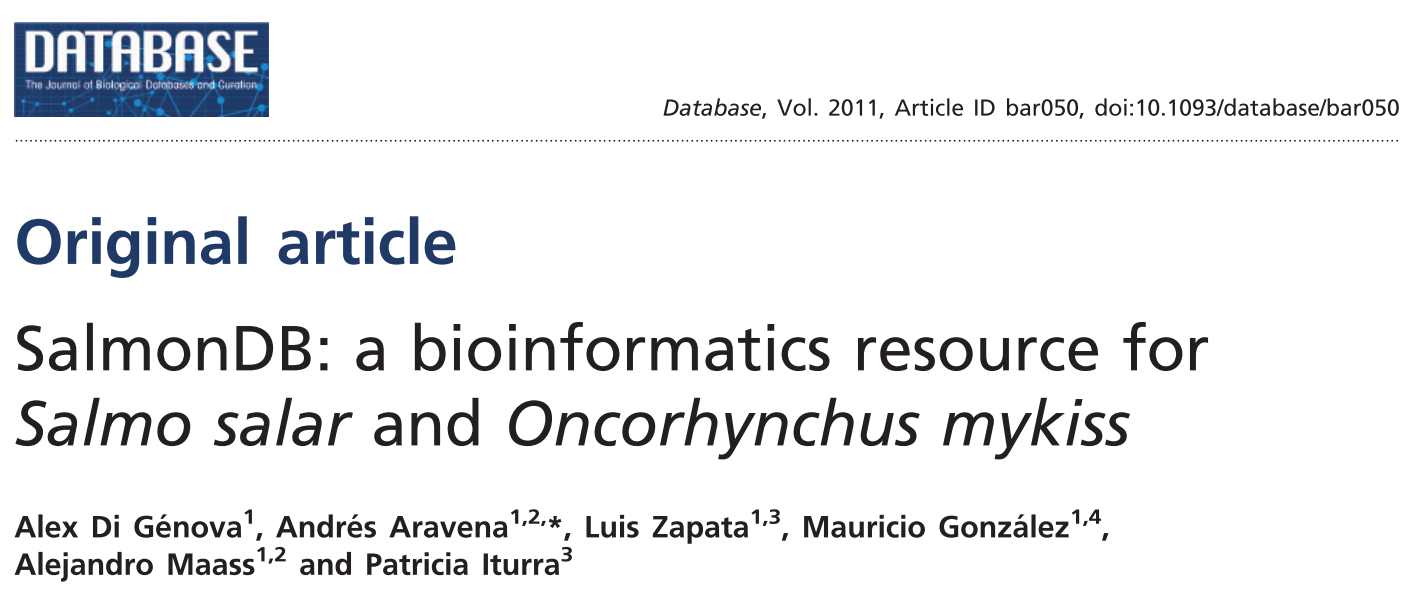
Or you can sequence everything
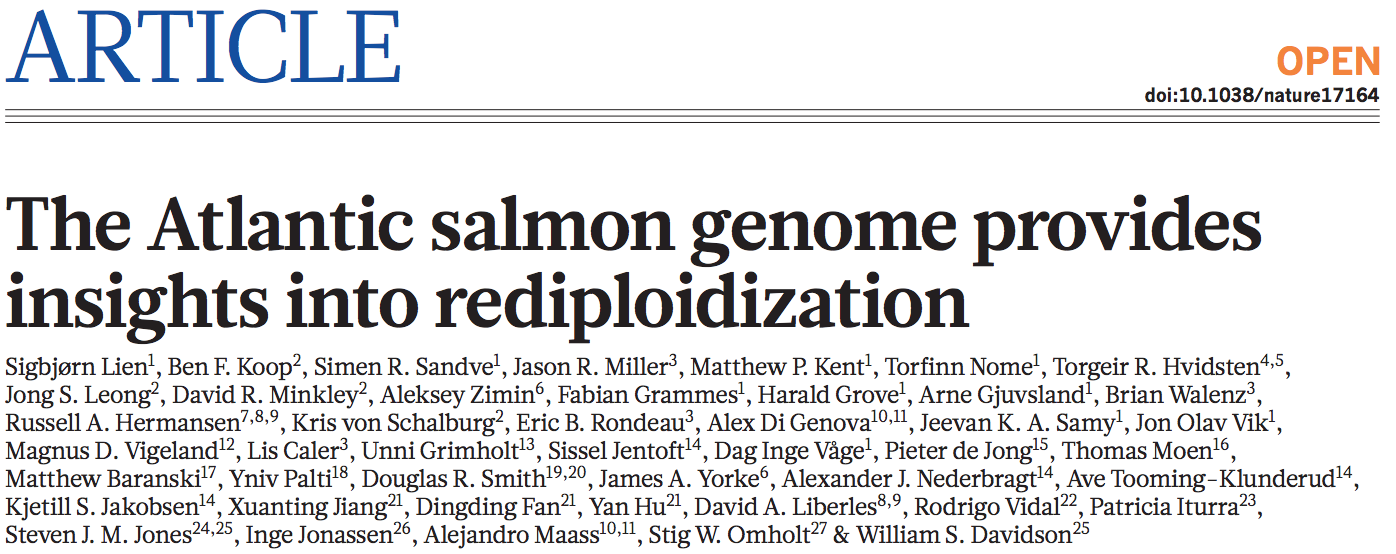
DNA sequencing is cheap
A DNA sequencer in every desktop
First computers where big and expensive
Only in a few universities, used by experts
Then there was one on every office… and home
Today everybody has one… in the pocket
A PlayStation has more power than the biggest computer of 1998
Can the same happen with DNA sequencing?
The next iPhone
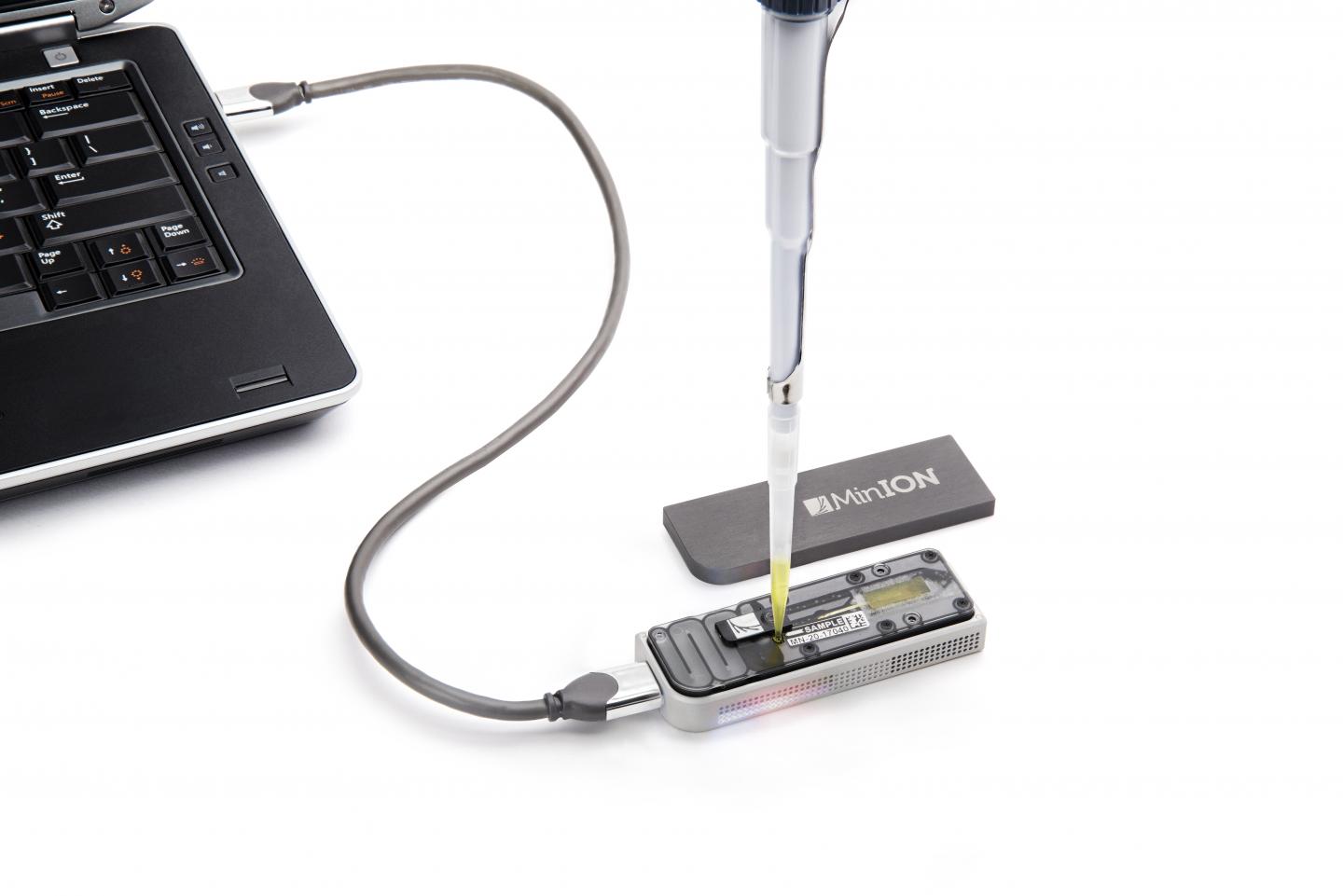
Today you can buy a DNA sequencer of the size of an iPhone
… at the price of an iPhone
Next step: people will make apps for DNA sequencer
Computing power grows exponentially
Moore’s Law
Big Picture
- Sequencing cost is going down
- Moore’s law: computing is cheap
- There is a phase transition: we changed from “solid” to “liquid”
- Rules are changing very fast
- For example, patents are obsolete
Producing data is cheap
There is already a lot of public data
- Tara Oceans published 7.8 Terabytes of metagenomic data
- equivalent to 1.660 DVDs
- Anybody can discover new knowledge there
- You can do it!
- And also many other people
This is a race
It doesn’t depend on hands and wallets
It depends on brains and guts
All science is Data Science
But Data Science is not about Data
It is about extracting
- Information
- Knowledge
- Wisdom
How to do a good job
my opinion
Ask a good question
Solve a problem relevant to your community
- About a general issue, not too particular
See “the forest”, not only “some trees”
Measure new things
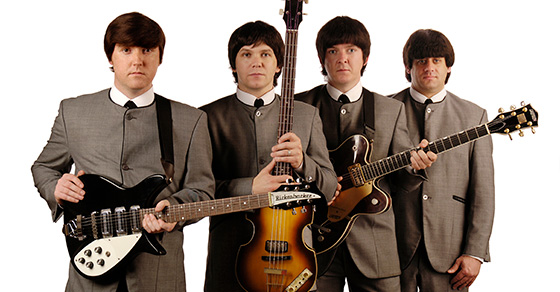 If you use
If you use
- the same instruments as everybody
- on the same organisms as everybody
- with the same questions as everybody
is like being a cover band. We can play well but we will not make a real impact
Create a new instrument: What I cannot create, I cannot understand
Extract new knowledge from data
Build a model and validate it
Follow complex ideas
- If it is easy, anybody else can do it
- Never say “Kolay gelsin”
- Better say “Iyi Çalismalar”
Collaborate
Really new ideas come from other fields
You do not need to be an expert on everything
You need to speak with other experts
- English
- Ideas
Get feedback from referees: publish